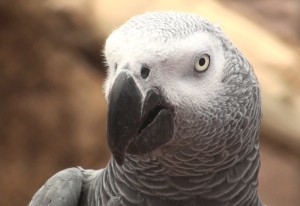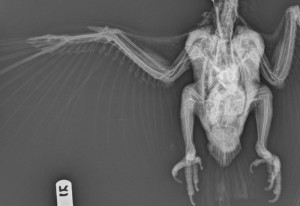The Grey Parrot Anatomy Project started as an idea in the summer of 2012. We received our first grant in the winter of 2012 and first public donation in spring of 2013 and have been pushing forward ever since.
In the short time from concept to the present, we have accomplished the following:
- Develop a multi-discipline team of researchers, graduate and undergraduate students.
- Developed a fund for non-profit donations.
- Developed techniques for micro-CT use on small birds.
- Developed techniques for micro-MRI use on small birds.
- Established proof of concept that we can safely and efficiently collect micro-CT and micro-MRI images on living birds (without the need for euthanasia) and digitally segment the skeleton.
- Develop a methodology using commercially available contrast agents to perform high detail contrast arteriovenograms in birds.
- Use developed technology to help real bird cases.
- Perform initial detailed dissections and photo recording of small birds.
- Develop techniques for MRI time of flight for small birds (non-invasive vascularization imaging). Still in progress.
- Raised enough private money to establish ongoing studies. Still in progress.
Our short term goal is creating a published atlas of the grey parrot is expected to be me in 2020. The main authors (Echols and Nielsen) have accepted a publisher for the book.
As we are currently working on segmenting the vascular system, we will be adding data sets to our current skeletal system with the ultimate goal of building a digital grey parrot. This long term project will likely take several years.
The following are tasks, and the associated needs, that still need to be completed:
1. Continue with detailed dissection of the entire grey parrot. We need more deceased grey parrots.
2. Complete segmentation of the vascular system. We hope to complete by early 2020.
3. Further develop the MRI time of flight procedure. This will require more live birds and people to work on image resolution.
4. Ultimately work with art/graphics design expertise to create muscles, organs, etc. for the long term online digital project.
5. Continue to search for a means to inexpensively and efficiently visualize the nervous system. Otherwise we will rely on both the vascular map and detailed dissection.



